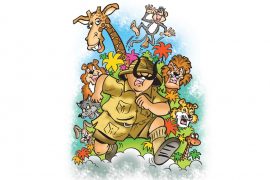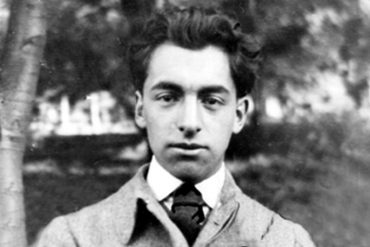Jim Corbett was only eight years old when he was gifted his first gun – a double-barreled muzzle-loader – in 1883. He would have been only ten when he shot his first leopard at Kaladhungi, in the Nainital district he spent most of his life in. It was at Kaladhungi, 61 years later, where he shot his last tiger – ending a career as a hunter of man-eaters, with 16 tigers and 19 leopards as documented kills.
For such a renowned hunter, Jim Corbett writes with the careful language of a naturalist. He wastes few words, and uses no superlatives to describe what he has seen. In the introduction to “The Man-Eaters of Kumaon”, he makes an impassioned case for understanding why a tiger would ever kill a human being.
A man-eating tiger is a tiger that has been compelled, through stress of circumstances beyond its control, to adopt a diet alien to it. The stress of circumstances is, in nine cases out of ten, wounds, and in the tenth case old age.
As he writes, you can tell he disapproves of the reputation the big cat had achieved. The term, as ‘cruel as a tiger’ represented an ignorance in the man who coined it, he wrote. He was well qualified to write this – very few people had hunted tigers as successfully as Corbett, and he knew how more often than not, a tiger would spare a human life when it had no reason to kill. Corbett was no trophy-hunter – he refused any reward for what he did, and often hunted alone (for fear of being shot by an amateur). He never sought out a kill – the victims of man-eating tigers and leopards asked for him by name.
Copyright©Madras Courier, All Rights Reserved. You may share using our article tools. Please don't cut articles from madrascourier.com and redistribute by email, post to the web, mobile phone or social media.Please send in your feed back and comments to [email protected]











